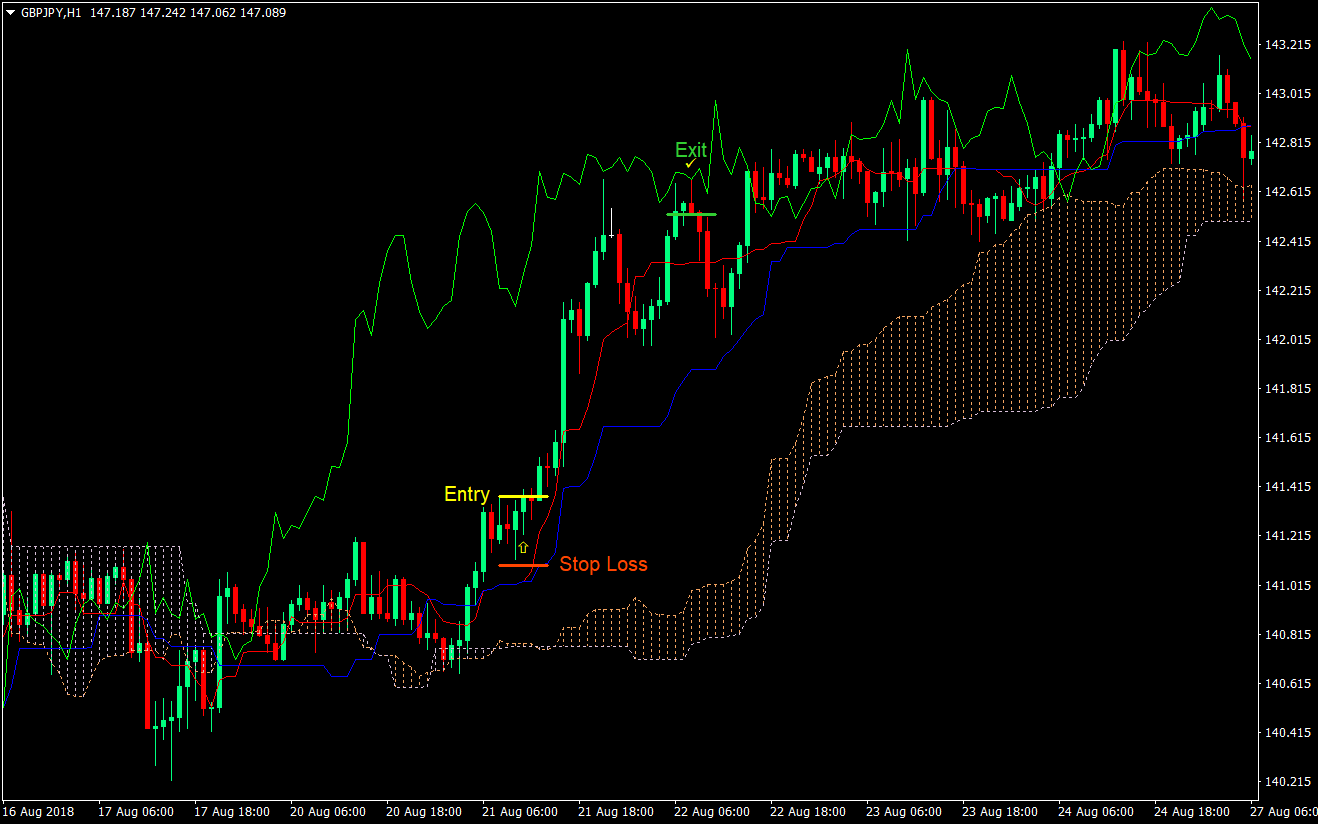
Data mining is a process that identifies patterns in large quantities of data. It uses methods that combine statistics and machine learning with database systems. Data mining seeks to find patterns in large quantities of data. This involves the process of analyzing and representing information and then applying it to the problem. Data mining is a process that uncovers valuable information from huge data sets to increase productivity and efficiency for businesses and organizations. However, misinterpretations of the process and incorrect conclusions can result.
Data mining is a computational method of finding patterns within large data sets.
Data mining is often associated with new technology but it has been around since the beginning of time. The ability to use data to uncover patterns and trends in large data collections has been practiced for centuries. Early data mining techniques were based on manual statistical modeling and regression analyses. Data mining has been revolutionized by the invention of the electromechanical computer, and the explosion of digital data. Numerous organizations now depend on data mining to discover new ways to improve their profitability or quality of their products.
The foundation of data mining is the use well-known algorithms. Its core algorithms are clustering, segmentation (association), classification, and segmentation. Data mining's goal is to find patterns in large data sets and predict what will happen to new cases. Data mining involves clustering, segmenting, and associating data according to their similarities.
It is a method of supervised learning
There are two types data mining methods: supervised learning or unsupervised learning. Supervised learning is when you use a sample dataset as a training data set and then apply that knowledge to unknown data. This data mining method finds patterns in unstructured data and creates a model that matches the input data to the target values. Unsupervised learning uses data that doesn't have labels. It uses a variety methods to identify patterns in unlabeled data, such as association, classification, and extraction.

Supervised learning makes use of knowledge about a response variable to develop algorithms that can recognize patterns. Learning patterns can be used to accelerate the process. Different data can be used for different types or insights. Knowing which data to use can speed up the process. Data mining can be used to analyze big data if you have the right goals. This technique allows you to determine what data is necessary for your specific application and insight.
It involves knowledge representation and pattern evaluation.
Data mining is the art of extracting information and identifying patterns from large data sets. If a pattern can be used to validate a hypothesis and is relevant to new data, it is considered interesting. Once the data mining process is complete, the extracted information must be presented in an appealing way. Different knowledge representation techniques are used to accomplish this. These techniques affect the output of data-mining.
The first stage of the data mining process involves preprocessing the data. Companies often collect more data than they actually need. Data transformations can be done by aggregation or summary operations. Intelligent methods are used afterwards to extract patterns and create knowledge from the data. The data is transformed, cleaned and analyzed to discover trends and patterns. Knowledge representation can be described as the use graphs or charts to display knowledge.
It can lead a misinterpretation
Data mining comes with many potential pitfalls. Incorrect data, redundant and contradictory data, and a lack of discipline can result in misinterpretations. Data mining also presents security, governance, as well as data protection concerns. This is particularly important as customer data must be kept safe from unauthorized third-parties. These pitfalls can be avoided by these tips. Three tips are provided below to help data mining be more efficient.

It improves marketing strategies
Data mining is a great way to increase your return on investment. It allows you to manage customer relationships better, analyse current market trends more effectively, and lowers marketing campaign costs. Data mining can help businesses detect fraud and better target customers. It also helps to increase customer retention. Recent research found that 56 per cent of business leaders pointed out the value of data science for their marketing strategies. Another survey revealed that data science has been used extensively by businesses to improve their marketing strategies.
Cluster analysis is a technique. Cluster analysis allows you to identify groups of data with certain characteristics. A retailer might use data mining, for example, to see if its customers like ice-cream during warm weather. Another technique is regression analysis. This involves creating a predictive model to predict future data. These models are useful for eCommerce businesses to make better predictions regarding customer behavior. And while data mining is not new, it is still a challenge to implement.
FAQ
What's the next Bitcoin?
The next bitcoin will be something completely new, but we don't know exactly what it will be yet. It will be completely decentralized, meaning no one can control it. It will most likely be based upon blockchain technology, which will allow transactions almost immediately without needing to go through central authorities like banks.
How to Use Cryptocurrency For Secure Purchases
For international shopping, cryptocurrencies can be used to make payments online. For example, if you want to buy something from Amazon.com, you could pay with bitcoin. However, you should verify the seller's credibility before doing so. Some sellers may accept cryptocurrency. Others might not. Learn how to avoid fraud.
How do you mine cryptocurrency?
Mining cryptocurrency is a similar process to mining gold. However, instead of finding precious metals miners discover digital coins. This process is known as "mining" since it requires complex mathematical equations to be solved using computers. The miners use specialized software for solving these equations. They then sell the software to other users. This creates "blockchain," a new currency that is used to track transactions.
Where can I spend my Bitcoin?
Bitcoin is still relatively new, so many businesses aren't accepting it yet. There are a few merchants that accept bitcoin. Here are some popular places where you can spend your bitcoins:
Amazon.com - You can now buy items on Amazon.com with bitcoin.
Ebay.com – Ebay now accepts bitcoin.
Overstock.com. Overstock offers furniture, clothing, jewelry and other products. Their site also accepts bitcoin.
Newegg.com – Newegg sells electronics. You can even order a pizza with bitcoin!
Ethereum: Can Anyone Use It?
Although anyone can use Ethereum without restriction, smart contracts can only be created by people with specific permission. Smart contracts can be described as computer programs that execute when certain conditions occur. They enable two parties to negotiate terms, without the need for a third party mediator.
Statistics
- As Bitcoin has seen as much as a 100 million% ROI over the last several years, and it has beat out all other assets, including gold, stocks, and oil, in year-to-date returns suggests that it is worth it. (primexbt.com)
- For example, you may have to pay 5% of the transaction amount when you make a cash advance. (forbes.com)
- A return on Investment of 100 million% over the last decade suggests that investing in Bitcoin is almost always a good idea. (primexbt.com)
- In February 2021,SQ).the firm disclosed that Bitcoin made up around 5% of the cash on its balance sheet. (forbes.com)
- “It could be 1% to 5%, it could be 10%,” he says. (forbes.com)
External Links
How To
How to get started investing in Cryptocurrencies
Crypto currencies, digital assets, use cryptography (specifically encryption), to regulate their generation as well as transactions. They provide security and anonymity. Satoshi Nakamoto, who in 2008 invented Bitcoin, was the first crypto currency. There have been numerous new cryptocurrencies since then.
Crypto currencies are most commonly used in bitcoin, ripple (ethereum), litecoin, litecoin, ripple (rogue) and monero. There are many factors that influence the success of cryptocurrency, such as its adoption rate (market capitalization), liquidity, transaction fees and speed of mining, volatility, ease, governance and governance.
There are several ways to invest in cryptocurrencies. One way is through exchanges like Coinbase, Kraken, Bittrex, etc., where you buy them directly from fiat money. You can also mine your own coin, solo or in a pool with others. You can also buy tokens via ICOs.
Coinbase is the most popular online cryptocurrency platform. It lets users store, buy, and trade cryptocurrencies like Bitcoin, Ethereum and Litecoin. Users can fund their account via bank transfer, credit card or debit card.
Kraken is another popular cryptocurrency exchange. It allows trading against USD and EUR as well GBP, CAD JPY, AUD, and GBP. Some traders prefer trading against USD as they avoid the fluctuations of foreign currencies.
Bittrex is another popular platform for exchanging cryptocurrencies. It supports more than 200 crypto currencies and allows all users to access its API free of charge.
Binance is a relatively young exchange platform. It was launched back in 2017. It claims it is the world's fastest growing platform. It currently trades volume of over $1B per day.
Etherium is a blockchain network that runs smart contract. It relies upon a proof–of-work consensus mechanism in order to validate blocks and run apps.
In conclusion, cryptocurrencies do not have a central regulator. They are peer-to–peer networks that use decentralized consensus methods to generate and verify transactions.